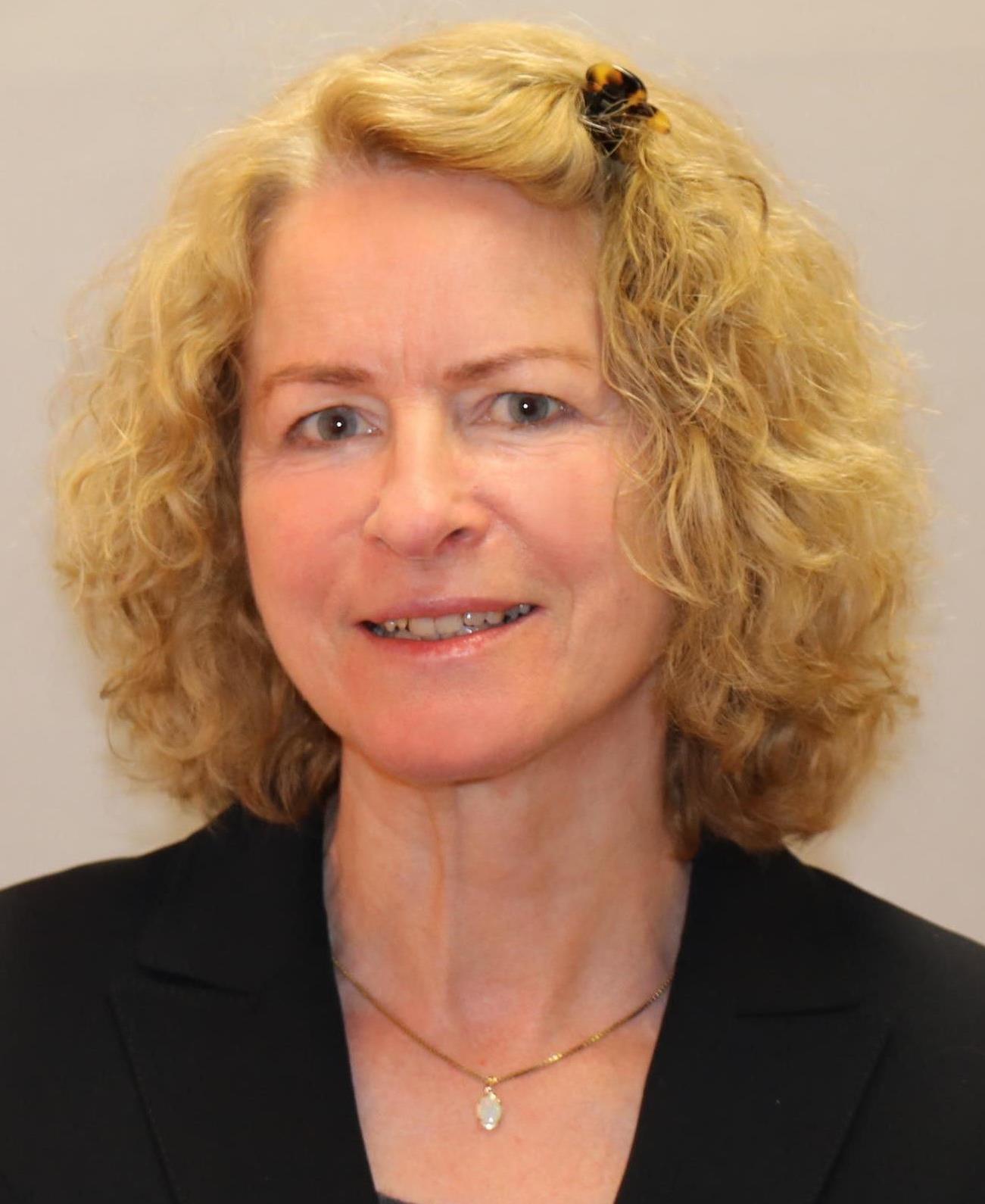Biosystem–Material Interactions
A special issue of Applied Sciences (ISSN 2076-3417). This special issue belongs to the section "Applied Biosciences and Bioengineering".
Deadline for manuscript submissions: closed (10 November 2021) | Viewed by 10492
Special Issue Editors
Interests: cell–material interaction; osteoblasts; epithelial cells; calcium signaling; cell adhesion; cell cycle and apoptosis; focal adhesions; cellular structures; physico-chemical characteristics of biomaterials; micro-topography
Special Issues, Collections and Topics in MDPI journals
Special Issue Information
Dear Colleagues,
The design of biomaterials for biotechnology and tissue-engineering applications requires controlling the interaction of cells and extracellular matrix proteins with material surfaces. A variety of processes are used for designing instructive biomaterials. These technologies involve both chemical modifications, by grafting of chemical groups, adhesion ligands or growth factors, and physical modifications, by stochastically and geometrically structuring the surfaces or by tuning their mechanical properties.
The close interaction of cells with material surfaces is of fundamental relevance and contributes to the clinical success of implants. Cells can sense the physicochemical properties of their environment, resulting in focal adhesion reorganization, spatio-temporal localization and activation of receptor-dependent signalling proteins and phenotypic changes. Thus, the cell behavior on a biomaterial’s surface is still far from being elucidated. In particular, the adhesion and signalling processes occurring at the cell/material interface need to be described at the molecular level using -omics approaches as well as imaging or simulation techniques.
In this special issue, our ambition is to provide an overview of the combined effects that topographical, mechanical and chemical surface modifications of biomaterials can have on cell physiology and of advanced techniques that can be used to achieve this goal.
Prof. Dr. Barbara Nebe
Dr. Karine Anselme
Guest Editors
Manuscript Submission Information
Manuscripts should be submitted online at www.mdpi.com by registering and logging in to this website. Once you are registered, click here to go to the submission form. Manuscripts can be submitted until the deadline. All submissions that pass pre-check are peer-reviewed. Accepted papers will be published continuously in the journal (as soon as accepted) and will be listed together on the special issue website. Research articles, review articles as well as short communications are invited. For planned papers, a title and short abstract (about 100 words) can be sent to the Editorial Office for announcement on this website.
Submitted manuscripts should not have been published previously, nor be under consideration for publication elsewhere (except conference proceedings papers). All manuscripts are thoroughly refereed through a single-blind peer-review process. A guide for authors and other relevant information for submission of manuscripts is available on the Instructions for Authors page. Applied Sciences is an international peer-reviewed open access semimonthly journal published by MDPI.
Please visit the Instructions for Authors page before submitting a manuscript. The Article Processing Charge (APC) for publication in this open access journal is 2400 CHF (Swiss Francs). Submitted papers should be well formatted and use good English. Authors may use MDPI's English editing service prior to publication or during author revisions.
Keywords
- Biomaterials
- Topography
- Chemistry
- Cells
- In vitro
- Interface
- Biosystem
- Microscopy






